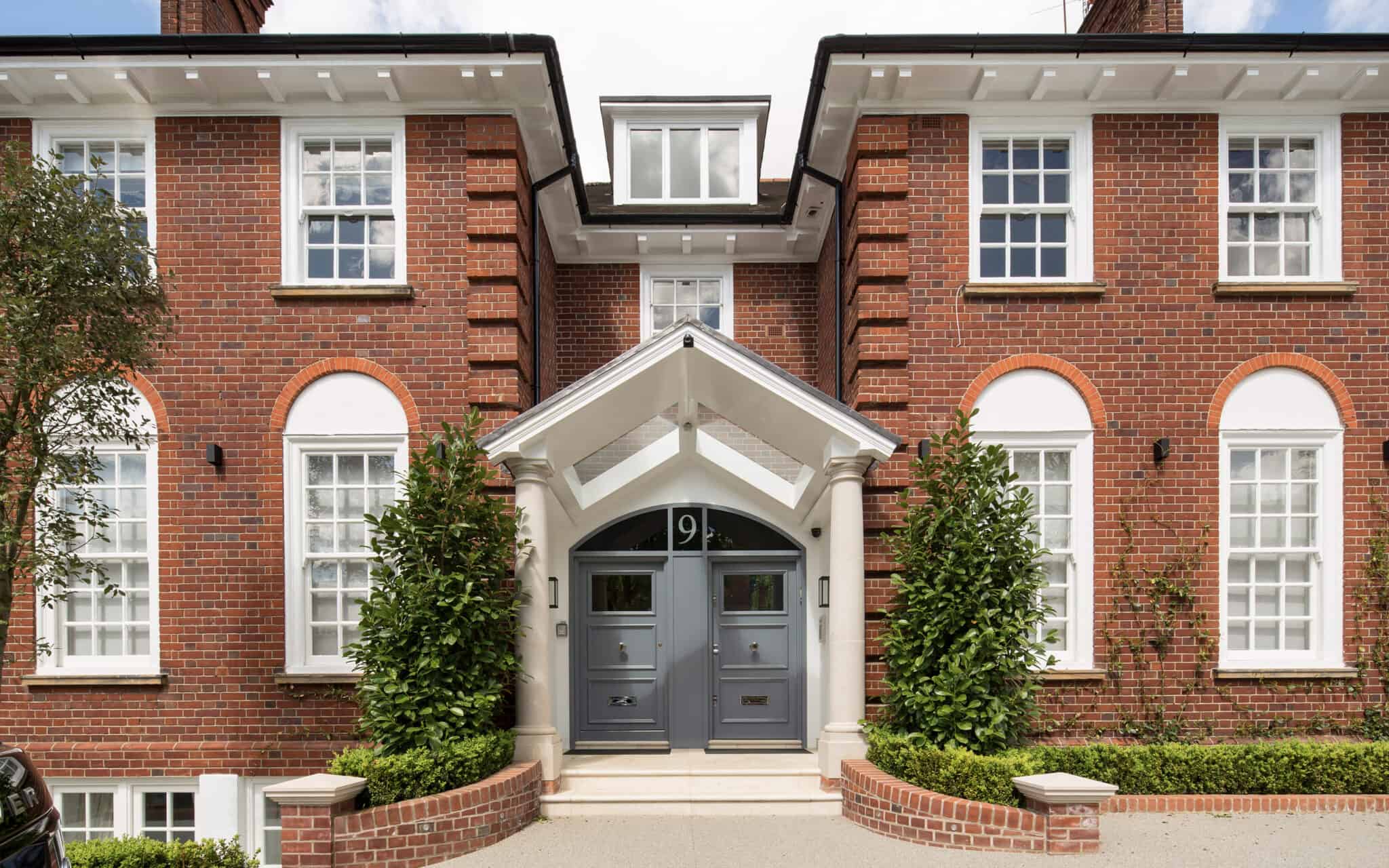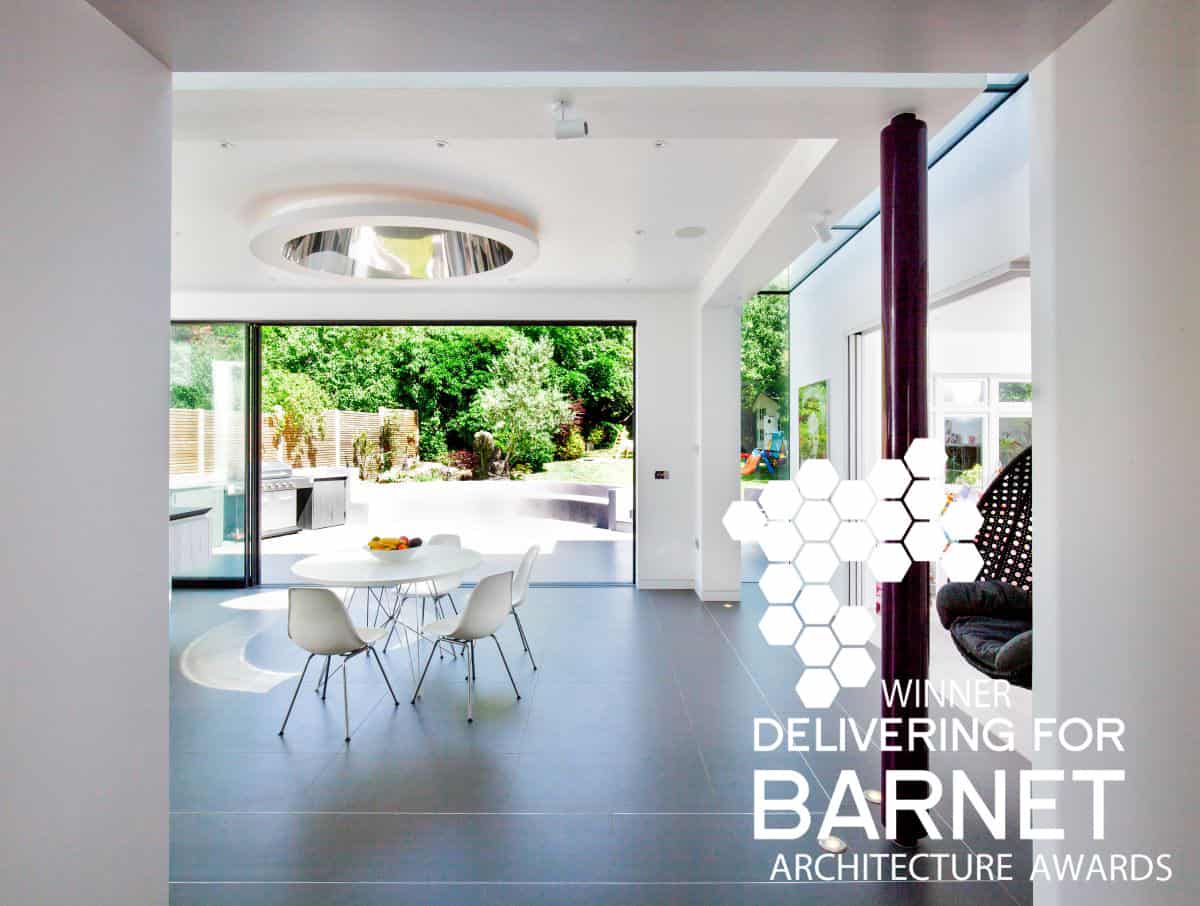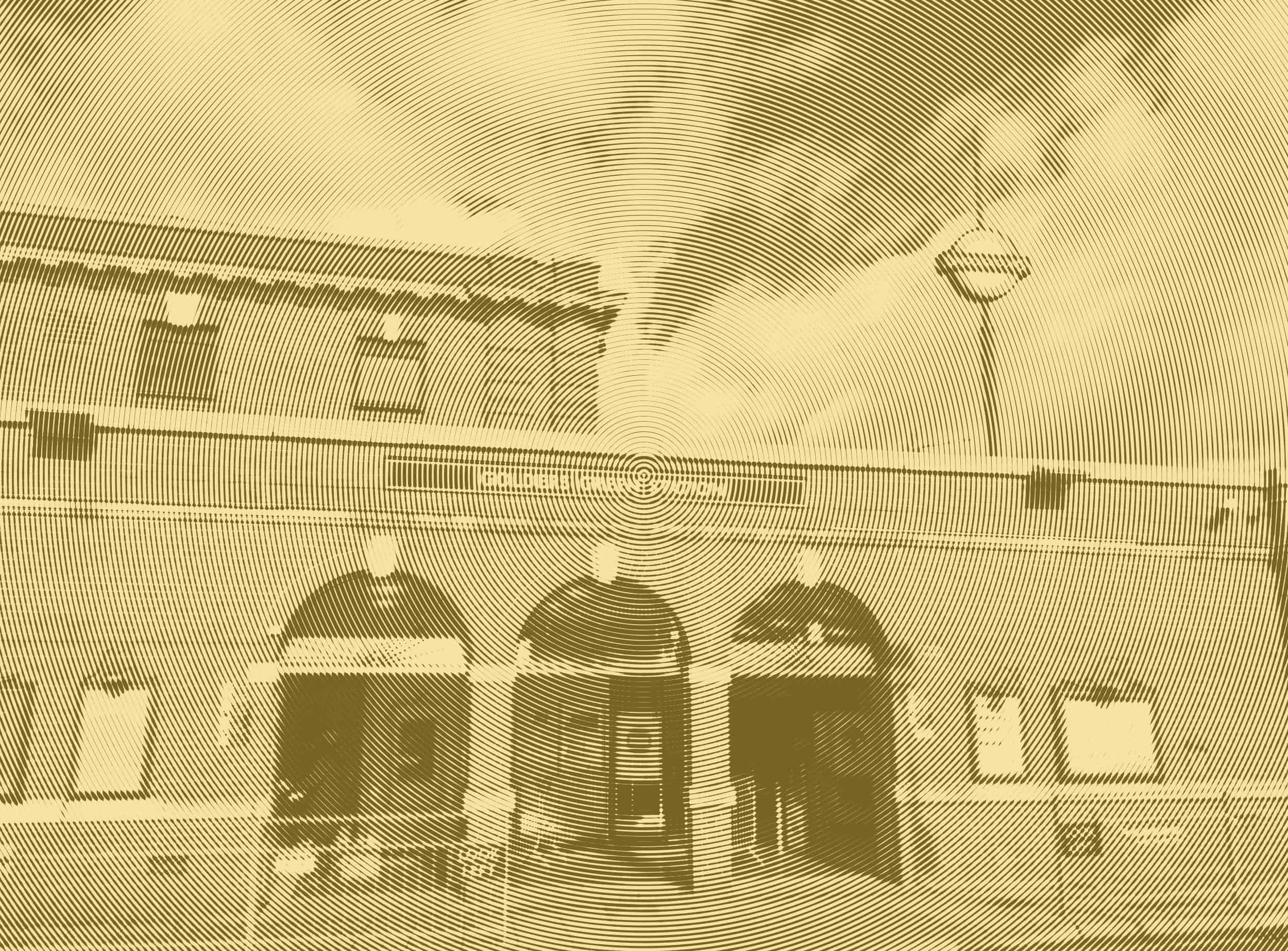Architects in Finchley
About XUL Architecture
Located in North London, XUL Architecture is a commercially minded, client centred architecture practice. We are efficient and responsive, and put particular focus on the client’s experience as well as in finding ingenious ways of bringing light into architecture.
We believe that creativity can overcome any practical challenges. We believe in the strength of natural light to positively improve physical space and the wellbeing, productivity and creativity of those who inhabit it. We believe that each of our clients is unique. Through listening and conversing we celebrate that individuality.
We listen to your needs and do what it takes to meet your expectations. Combining our energy, knowledge and talents to deliver fantastic client care and strive to develop relationships that make a positive difference to your lives.
We recognise how important it is being part of the local community. We reside in shop front premises which makes us accessible and approachable – our door is always open. Our aim is to build trust and aspire to be the “go to” local architect. We also try to bring the community together by organising local events.
Awards
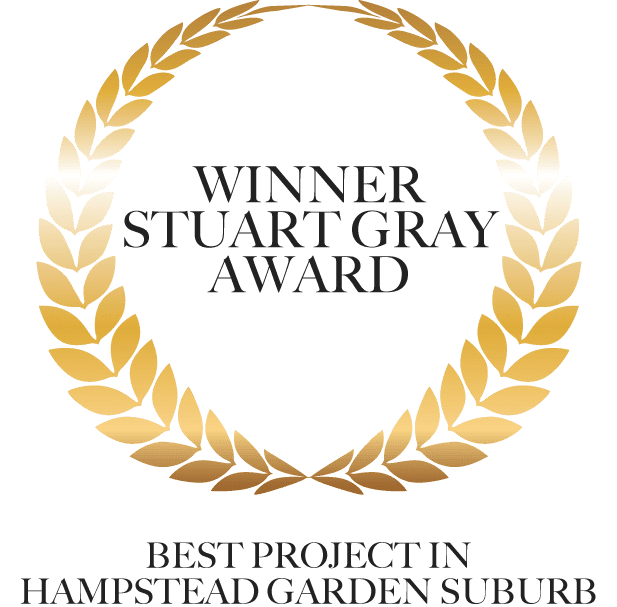

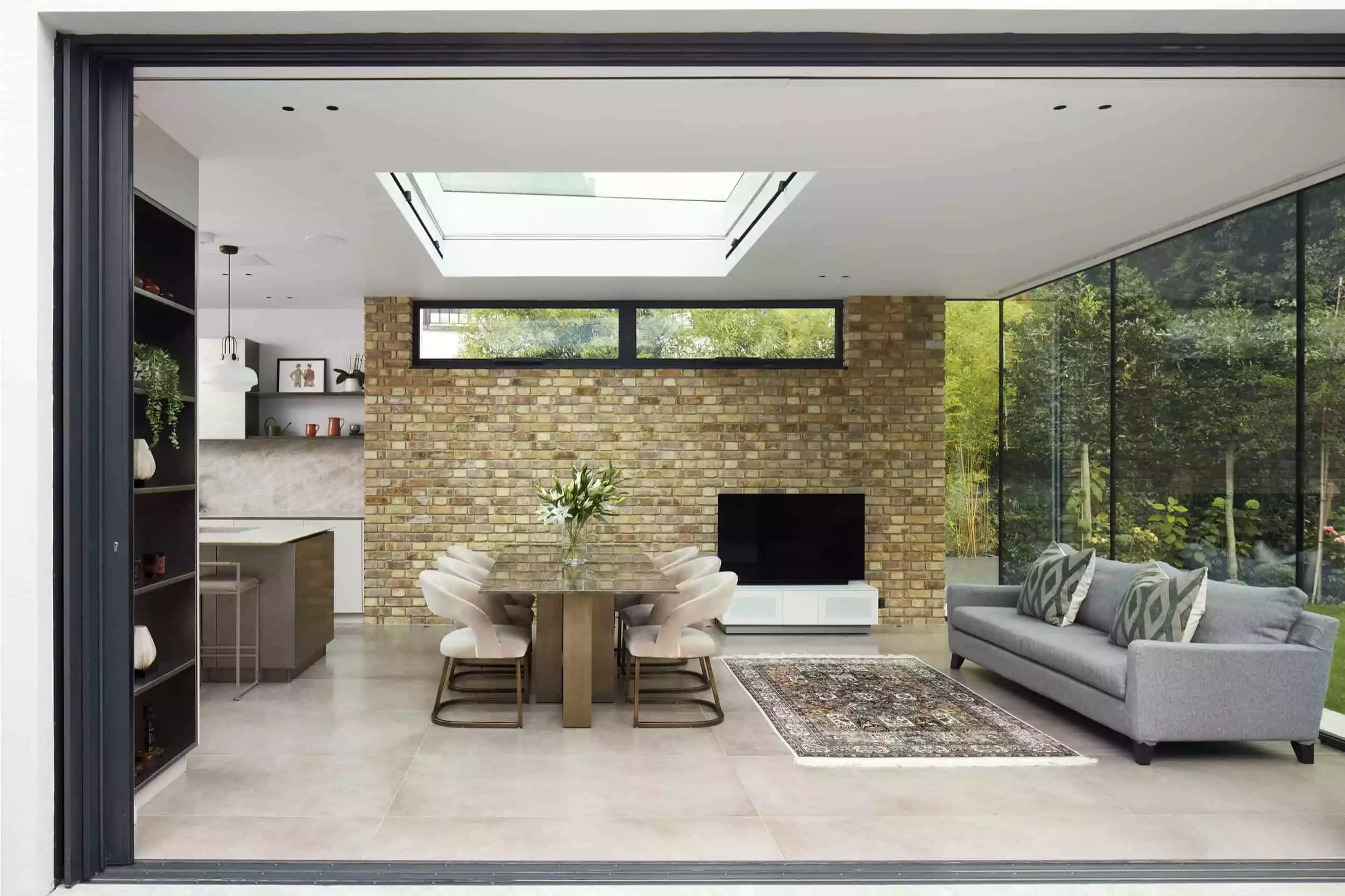
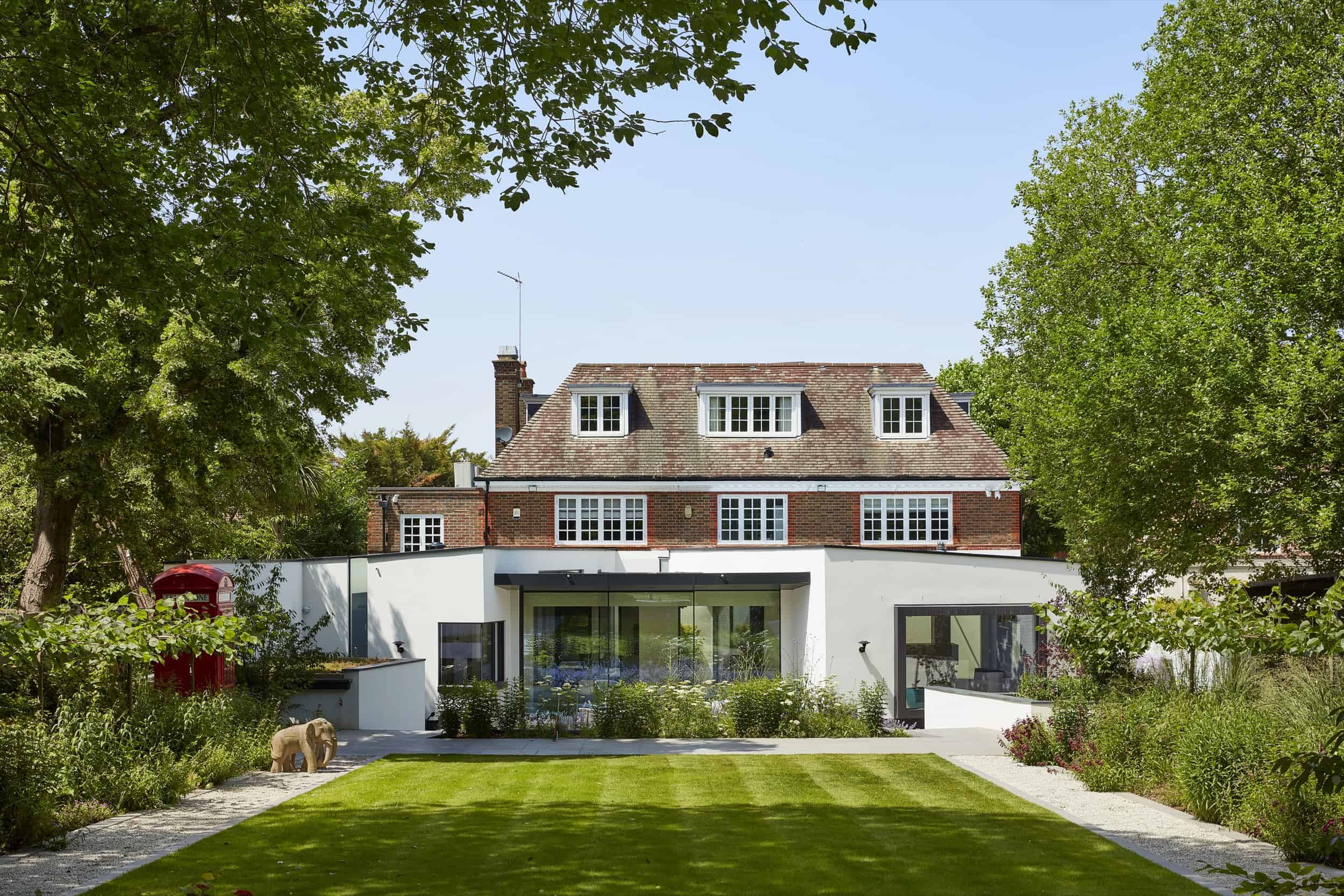


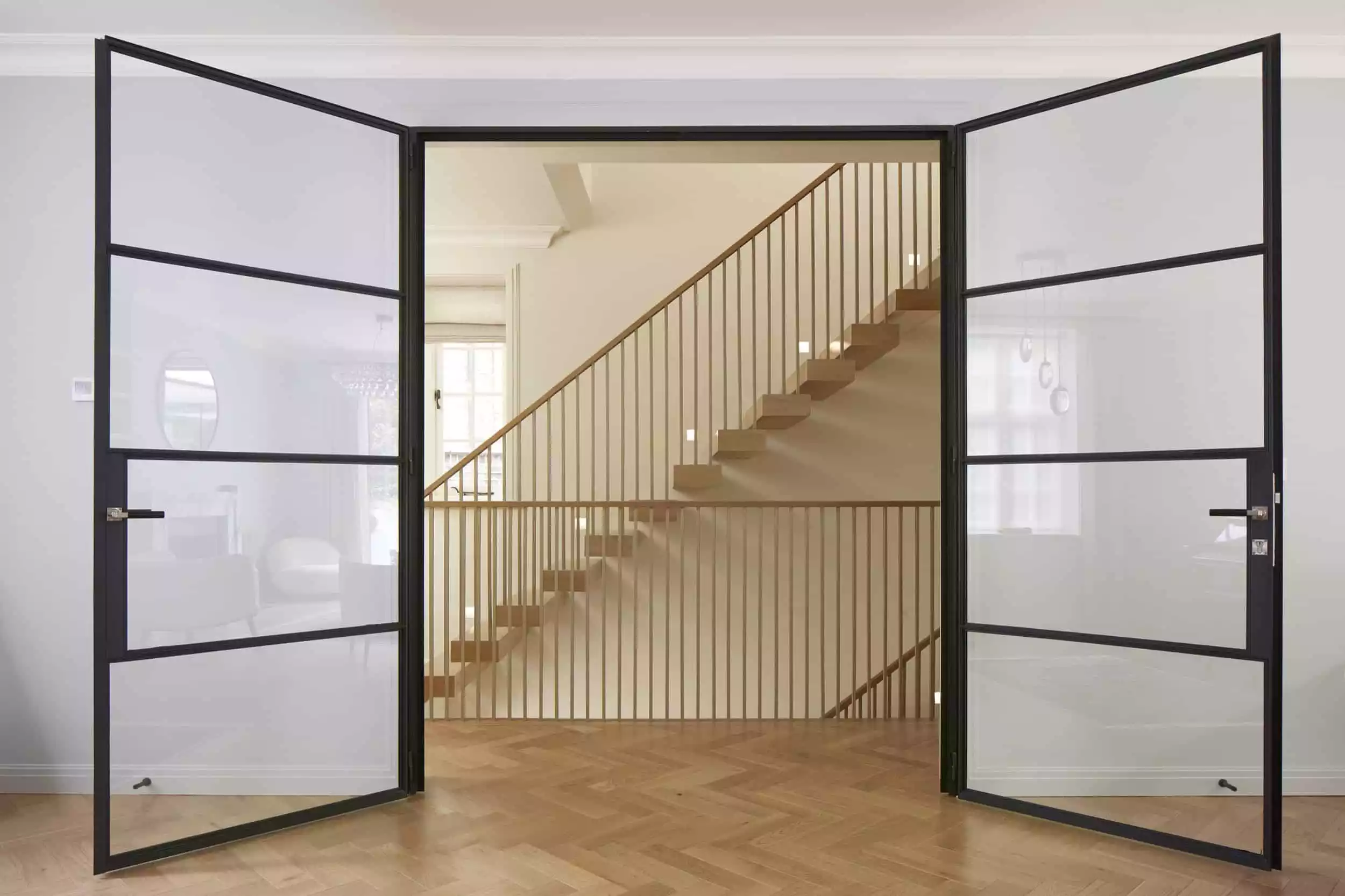
Featured Projects
We have multiple projects in progress and completed nearby Finchley
300+ projects completed in Barnet, Brent, Camden and Haringey
We have worked on a number of boroughs in London. Most of our work is in Camden, Barnet, Haringey and Westminster, which are some of the most challenging boroughs in terms of Planning.
In any case we always do detailed research on any local constraints and regulations. On complicated projects and/or listed buildings we often work closely with a planning consultant. We are used to working on listed buildings and conservation areas.
Architects in Finchley
How we work
It can be a challenge to keep up with all the stages involved in designing and building or renovating a home. Our step-by-step method makes it easier.
We’ve created a platform (a bit like Dropbox) so you have every bit of information about your project at the click of a button. That means we’re all on the same page, and you’ll be able to put your hands on the plans and timeline exactly when you need them.
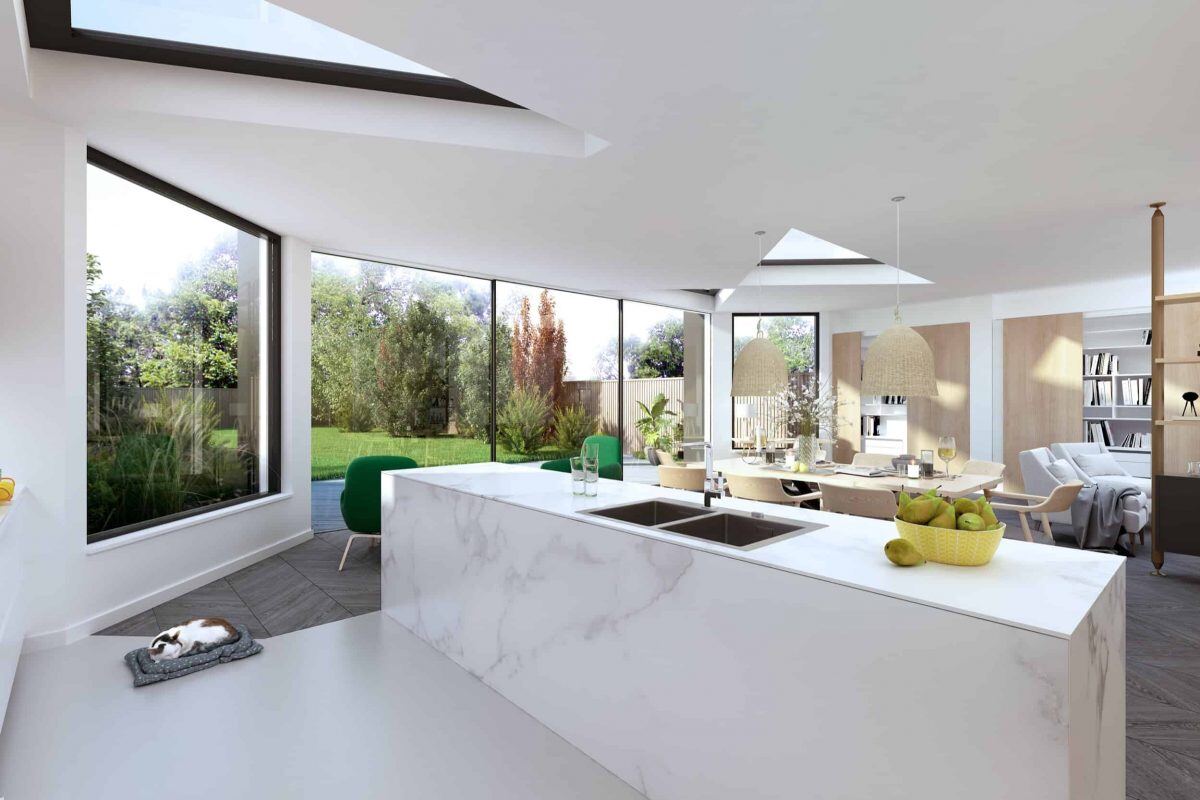
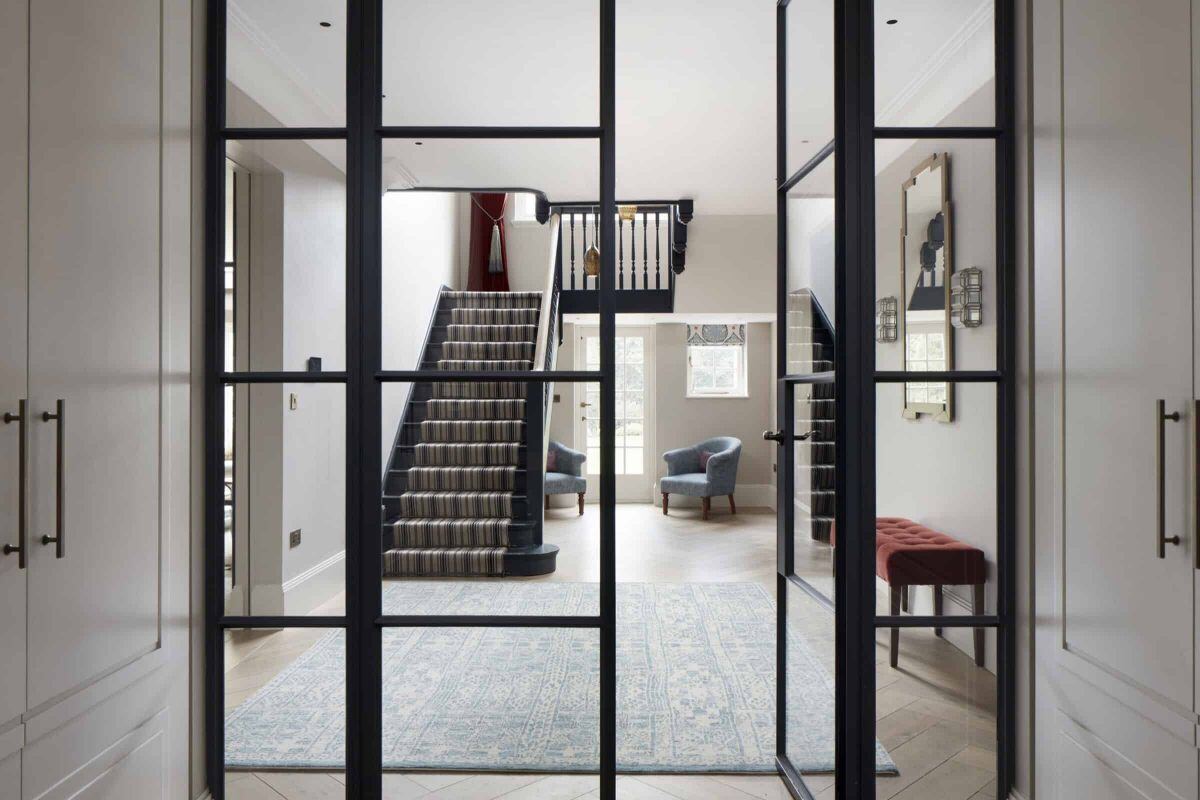
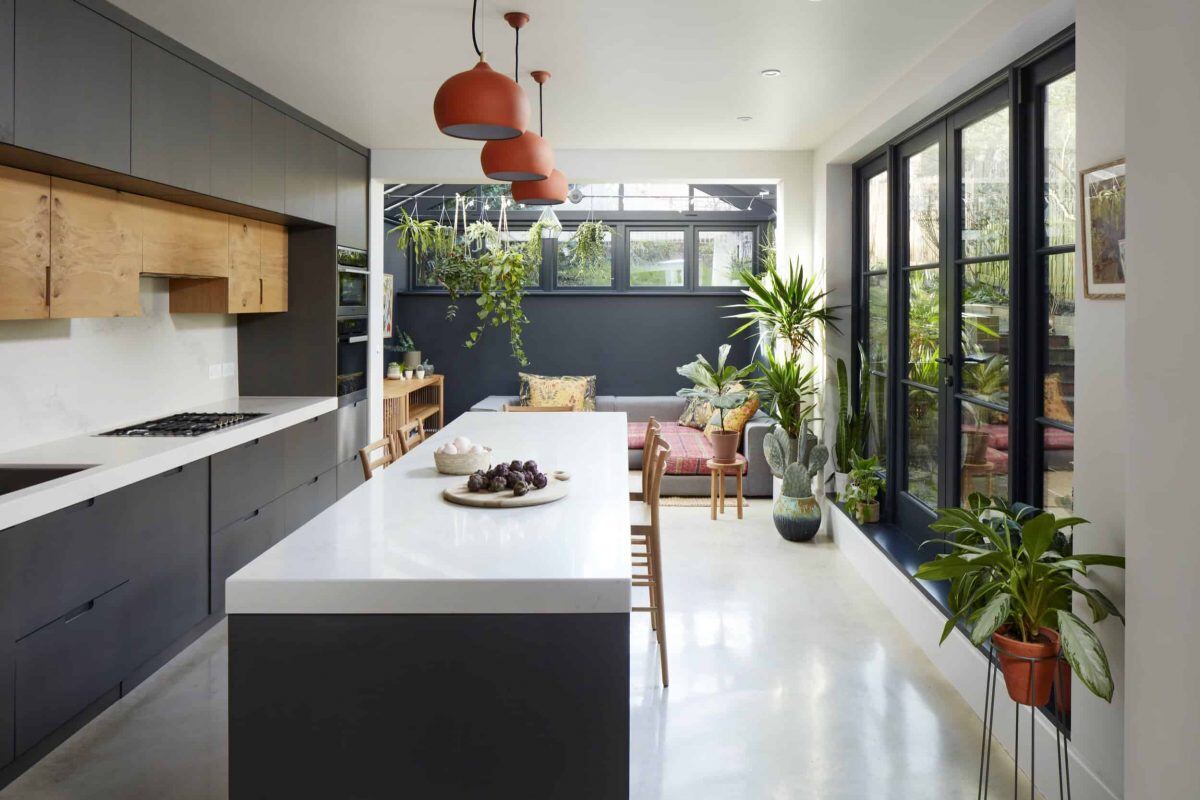
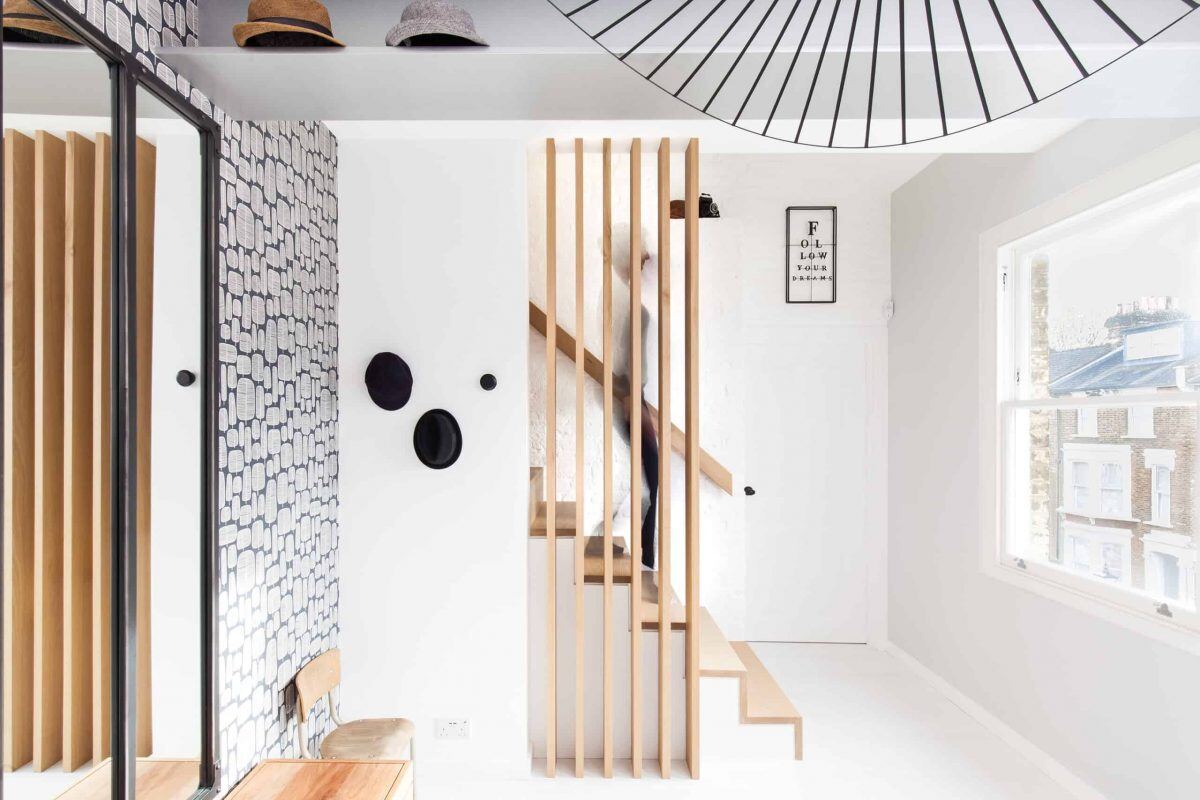
By explaining every stage carefully, we ensure that even if you’ve never worked with an architect before, you’ll feel confident, happy, and inspired – without fear of losing control of time or budget.
And we’re ingenious and innovative, not only in our design, but also in overcoming any hurdles in the logistics of your project. We’ll bring all our ideas out into the light and we’ll always take a ‘can do’ approach – but at the same time we’ll be clear and honest with you if something needs to be rethought.
Because while a beautiful home is the aim, it’s just as much about enjoying the journey to get there.
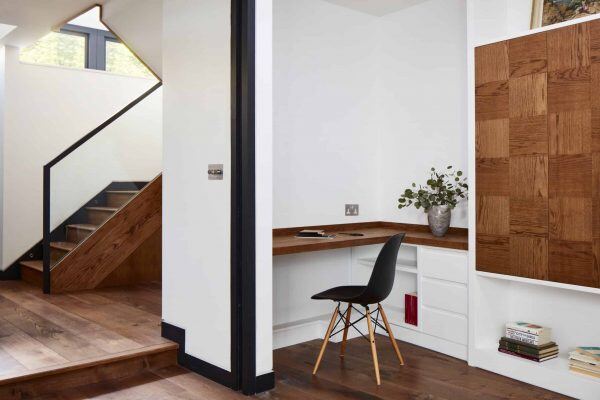
Architects in Finchley
Architecture driven by collaboration and lateral thinking
We believe in constant improvement and encourage change. Our lateral thinking allows us to creatively overcome challenges. Our motto is ‘there is always another way’! We always like to explore alternative design solutions as well as finding the right strategy to suit your needs.
We pride ourselves on having a unique outlook that combines our passion for enhancing our clients’ lives, with the ingenious use of abundant natural light; all whilst keeping the practicalities of the project and the realities of the budget in mind.
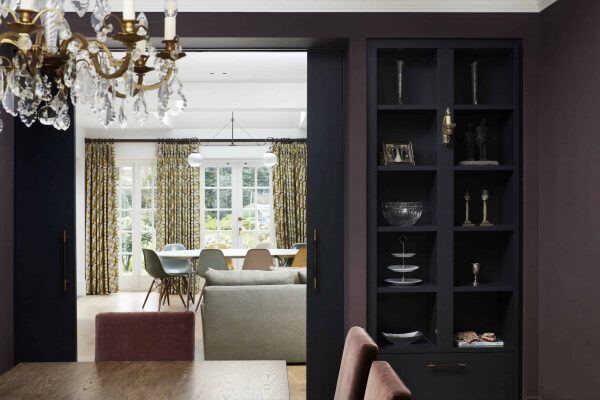
Architects in Finchley
300+ Projects Completed
Our team is comprised of people from all parts of the world, giving us a rich breadth of experience, cultural background, depth of talent and diversity of thoughts. This is accompanied by the added value of having a can do attitude when in front of any challenge. And of course, you can be involved in this creative process as much as you want to be. Design is a dynamic and interactive process!
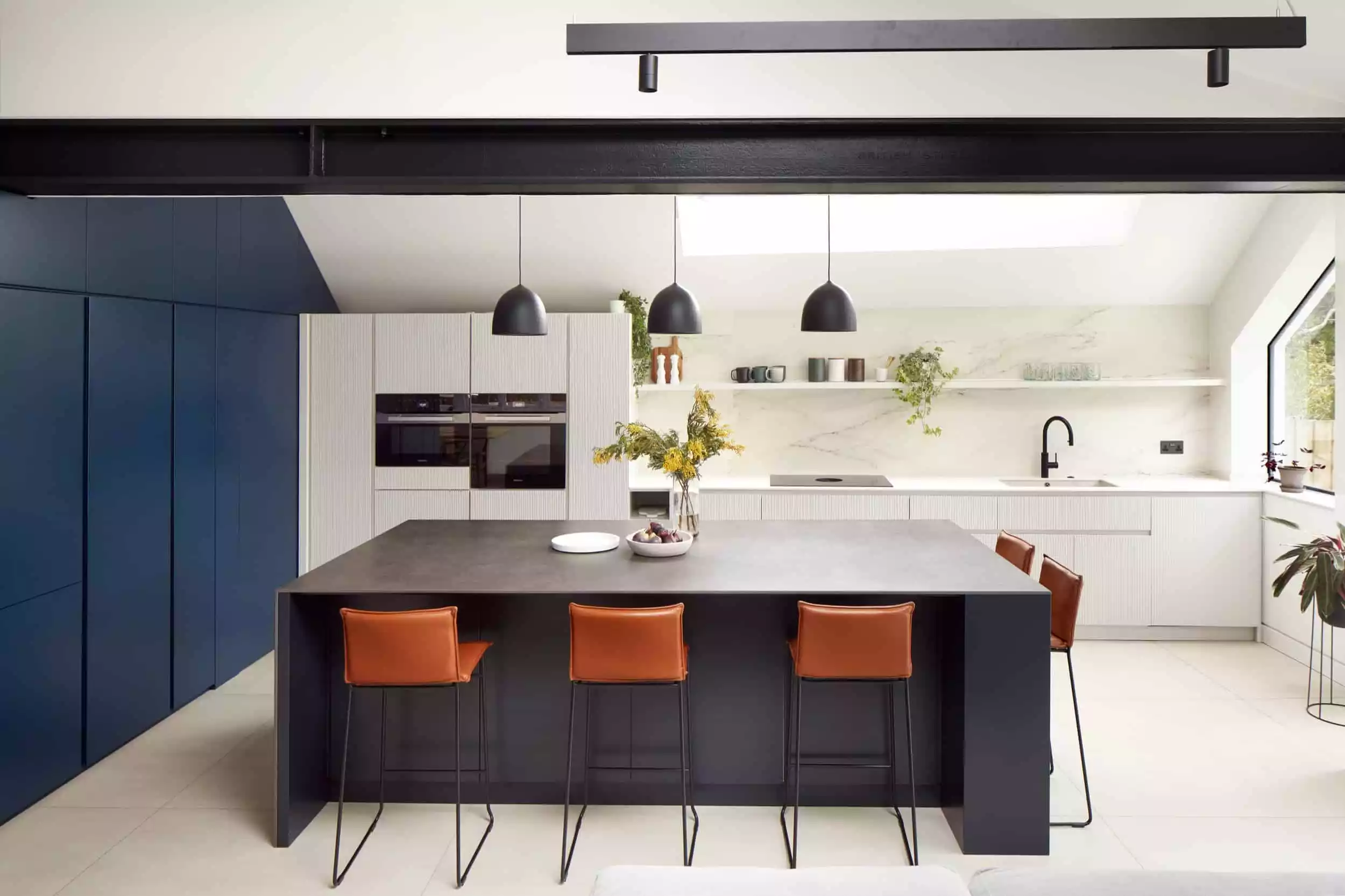
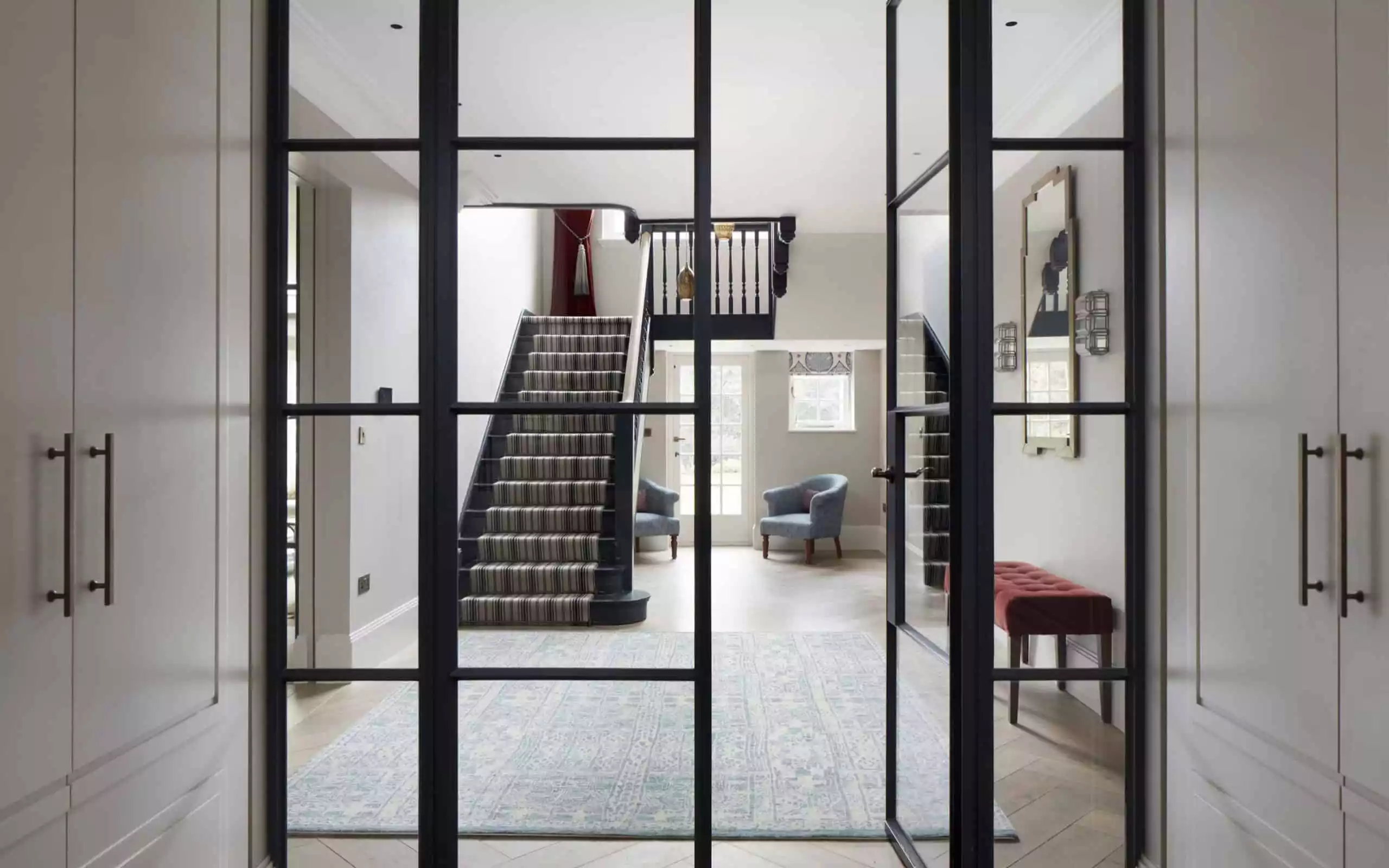
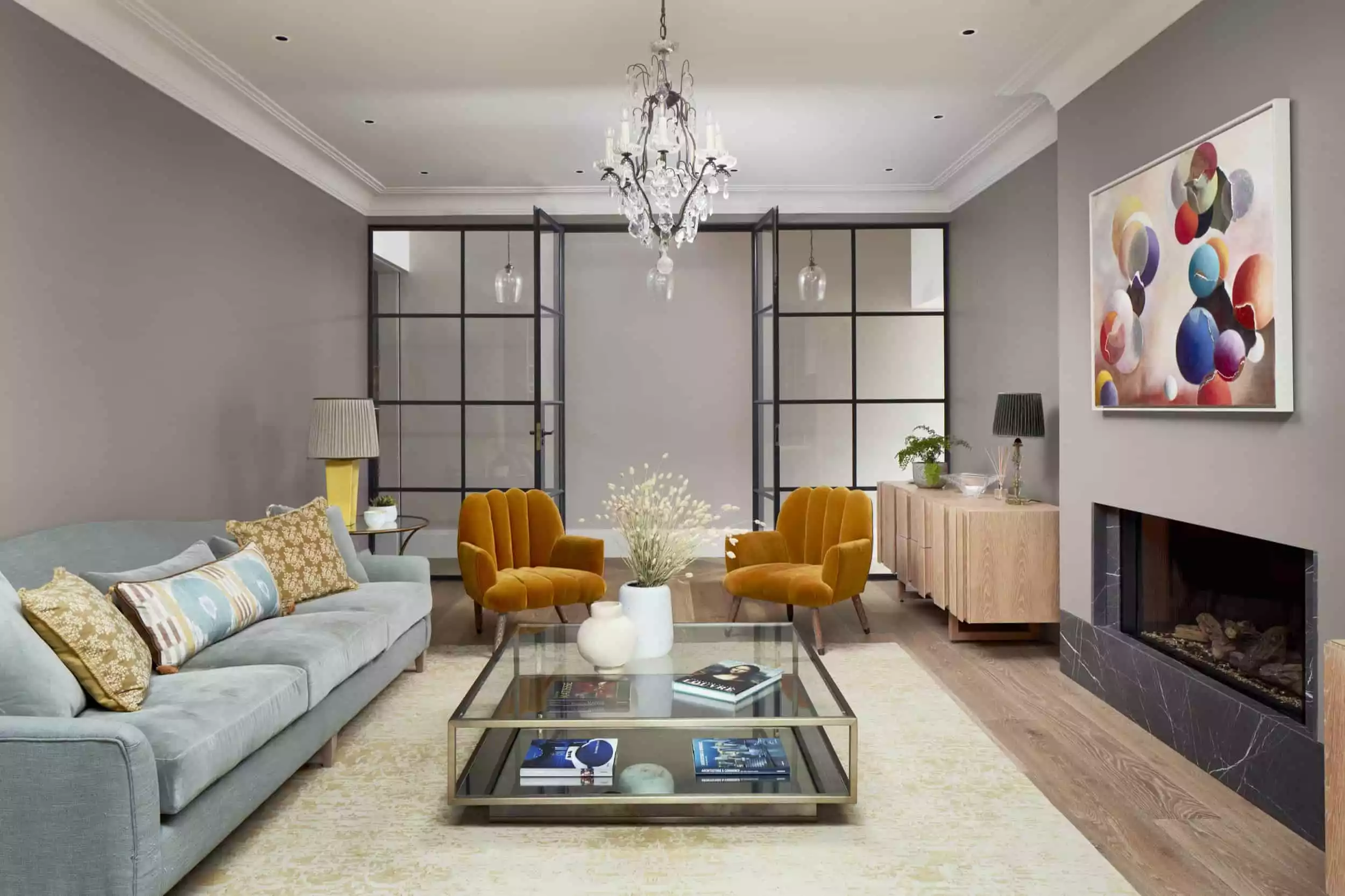
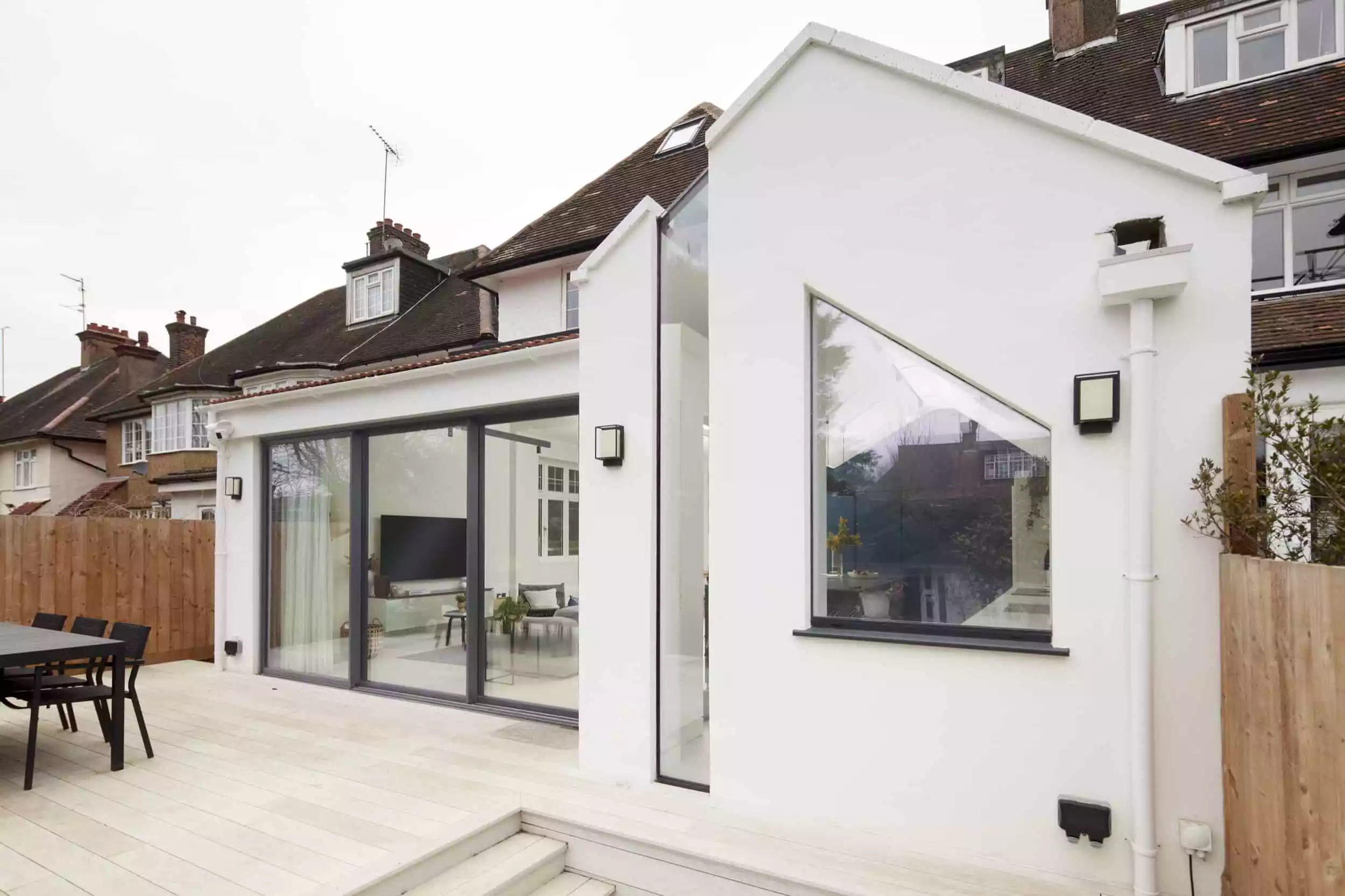
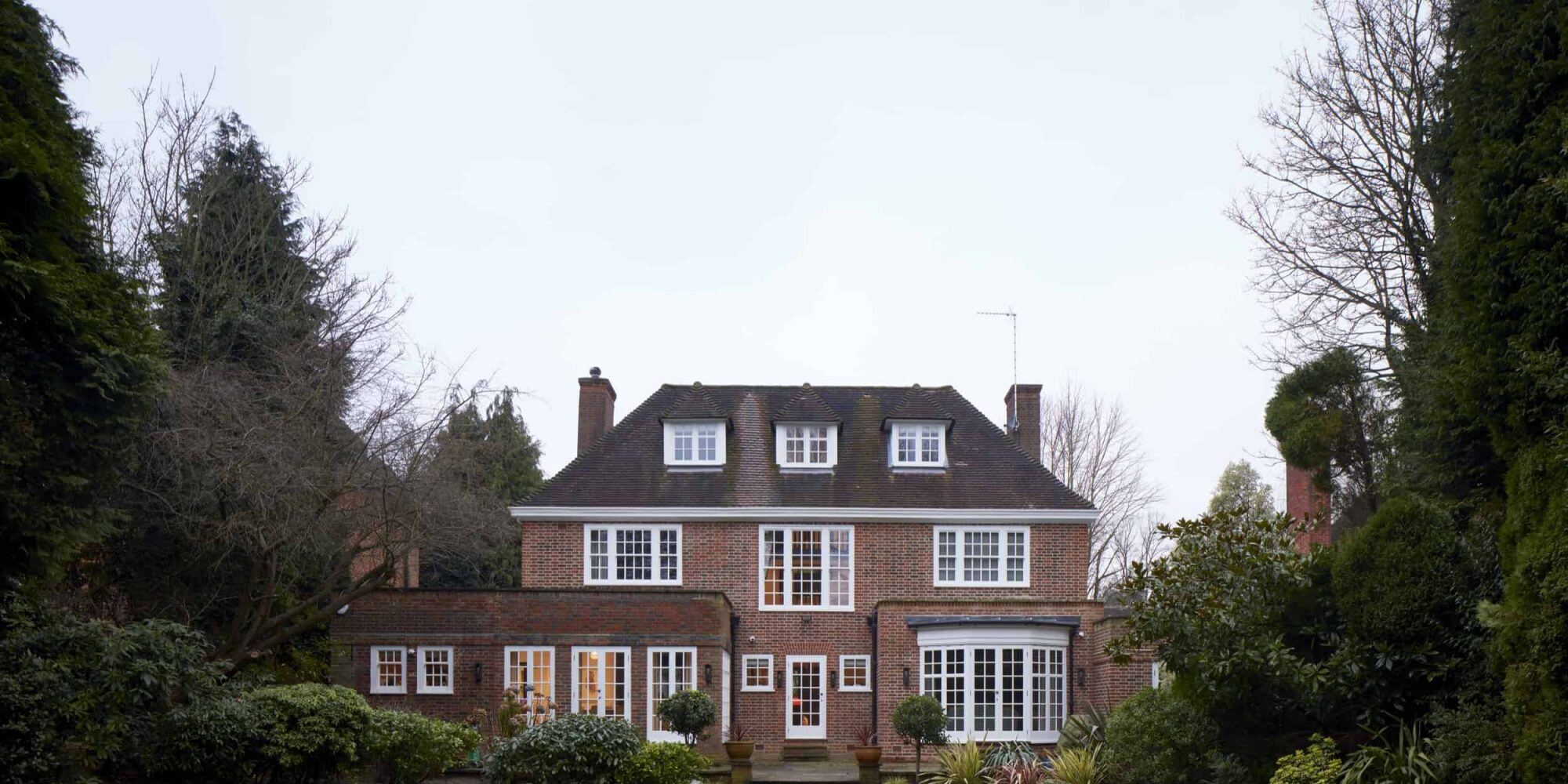
Architects in Finchley
Architects in Finchley
Making a planning application in Barnet
If you’re looking to make changes to your property in Barnet, it’s important to consider any requirements to submit plans to the local authority for their approval before work starts. Planning applications are vital in many instances and failing to gain planning permission when it’s required can lead to renovations being reversed.
The information below will help you understand the need for planning permission in Barnet, when you need it and when you don’t, and what it means for different types of buildings in Barnet. So read on now to find out more.
Reasons for Making a Planning Application
There are a few types of activity that may require planning permission depending on different factors. First of all, you’ll often need planning permission when you’re building any kind of new structure that stands alone. You’ll also usually need permission for making significant changes to your building, such as adding an extension to it, and you’ll also need to get permission if you want to change the use of your building too. Different types of building work projects have different rules and regulations attached to them and the Barnet council authority can give you the details of each of them.
When You Don’t Need Planning Permission
So, what can you do to your property without the need for planning permission from the local council? There’s a range of different building projects that don’t require planning permission because they’re categorised as having permitted development rights. Some examples of these types of renovations include that that have no impact on the environment or neighbours, as well as some commercial buildings such as outdoor signs, industrial warehouses and advertisements.
If you’re unsure of whether the changes you want to make to your property or the building project you want to undertake require planning permission or whether they’re exempt under permitted development rights, you should first check with the local authority. They’ll be able to take a look at your proposals and recommend the next steps for you to take.
Business Premises
The vast majority of changes and alterations that can be made to business premises do need planning permission. For example, any extension to a shop or an office needs to have planning permission before work can go ahead. And the same applies to any alterations to shop fronts facing the street.
Planning permission also needs to be granted for new external security shutters and grills, as well as changes to the use class of the building. Land use classes are important designations under the Town and Country Planning Act and changes to them are tightly regulated.
Home Extensions
There is a larger home extension consultation scheme, allowing people to more easily add single storey or rear extensions to their properties. However, any home in a conservation area still needs to have the plans submitted to the local authority and approved by them before any work can begin.
Developments aren’t allowed to get started unless prior approval is not required or approval is given. Before making any kind of application to the local authority, you should read the guidance notes provided by the local authority and see if you might be entitled to begin work under the larger home extension consultation scheme. There are also rules around extended construction site working hours to research and take into account here.
Listed Buildings
Any work that you would like to have carried out on a listed building will need to have listed building consent on top of any planning permission you might also require. These two forms of approval need to be granted before any changes to a listed building can be made. And failing to gain those before making changes is taken very seriously.
You can talk to the local authority and their conversation team about carrying out changes to listed buildings, and they’ll give you advice regarding your proposals. This pre-application advice is very useful because it gives you insight into the position of the local authority and how they’re likely to respond to a form application. You can then make changes based on feedback and save a lot of time.
Conservation Areas
There are also particular rules that apply to conservation areas in Barnet. You can use the tool provided by the local council on their website and find out whether or not your property is located within a conservation area before you do anything else.
Any plans to change a building in a conservation area or demolish a building in one of these areas will need further permission and you might find that changes in these areas are more strongly resisted.
Architects in Finchley
Thinking of Moving to Finchley?
The northwest of London lies a community that’s as far removed from the hustle and bustle you could hope for. A tranquil, quiet community of well-preserved homes from periods of all kinds, verdant, tree-lined streets, and lush, leafy woodlands on your doorstep. As picturesque and quaint as it may sound, Finchley is still one of the most suitably placed locations for city commuters, making it one of the most highly desired areas to live in London.
Ever a hub of cultural and academic activity, Finchley has supported thinkers of all kinds, including Charles Darwin, and has a diverse mix of residents, including young professionals, growing families, and older residents, lending the feeling of a rich and deep community.
The history of Finchley
At first a medieval village, Finchley’s origins are fairly modest, right up until the Great Northern Railway started connecting it to London and the rest of the country. From the early 1900s, rapid development saw it become more integrally linked with the city, but through careful planning and architectural preservation, it has still retained much of the Edwardian and Victorian character throughout the years.
Living in Finchley
Both renting and buying in Finchley can be quite the investment. As picturesque as it is, with such close connection to both the nearby woods and the city through excellent transport links, it has everything you could want. As such, the average rents are around £1,100 for a one-bedroom apartment alone, while property prices can range from $430k, $674k, and $858k for the average flat, terraced property, and semi-detached property respectively. There’s a wide diversity of different property types, with new trendy flats developed alongside well-preserved period homes, so while it’s a competitive market, it’s not too difficult to find exactly the kind of property you want.
What to see and do
Finchley, and East Finchley in particular, have remained the cultural hub of London for some time, attractive business owners, artistic visionaries, and academic luminaries over the centuries. As such, it’s full of independent shops, trendy restaurants and bars, and a thriving retail hub. This local creative spirit shows in full force in the East Finchley Community Festival, taking place in the always gorgeous Cherry Tree Wood. If you want to dip your toe into a bit of culture, the Phoenix Cinema is the city’s longest running picture house, with vintage style dipping from every corner.
Getting around
Finchley has some of the best roads in London, period, in part due to the hard work of the Finchley Society. Parking is slightly better than the city proper, though it can still be difficult to find a place. It has excellent bus and train links to London, however, making it a very popular spot amongst those commuting into the city. Otherwise, it’s a beautiful and convenient spot for cycling around.
As a culture core, green haven, and historic gem amongst the communities of London, it’s no surprise that Finchley is so popular. If you can find and afford a place in this community, you’re bound to fall in love.
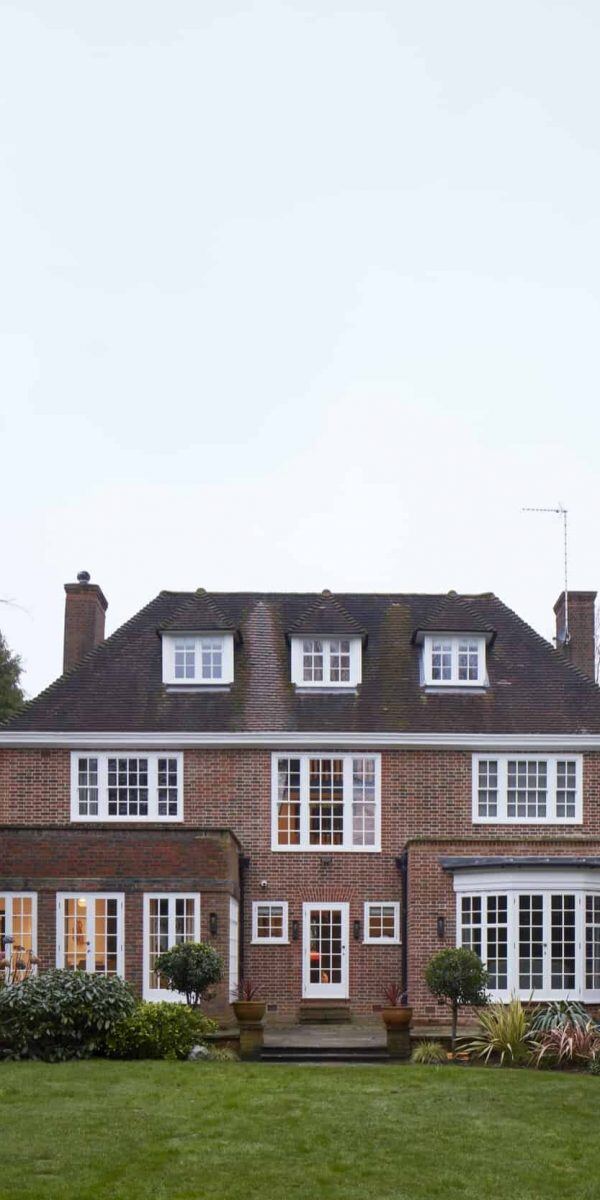












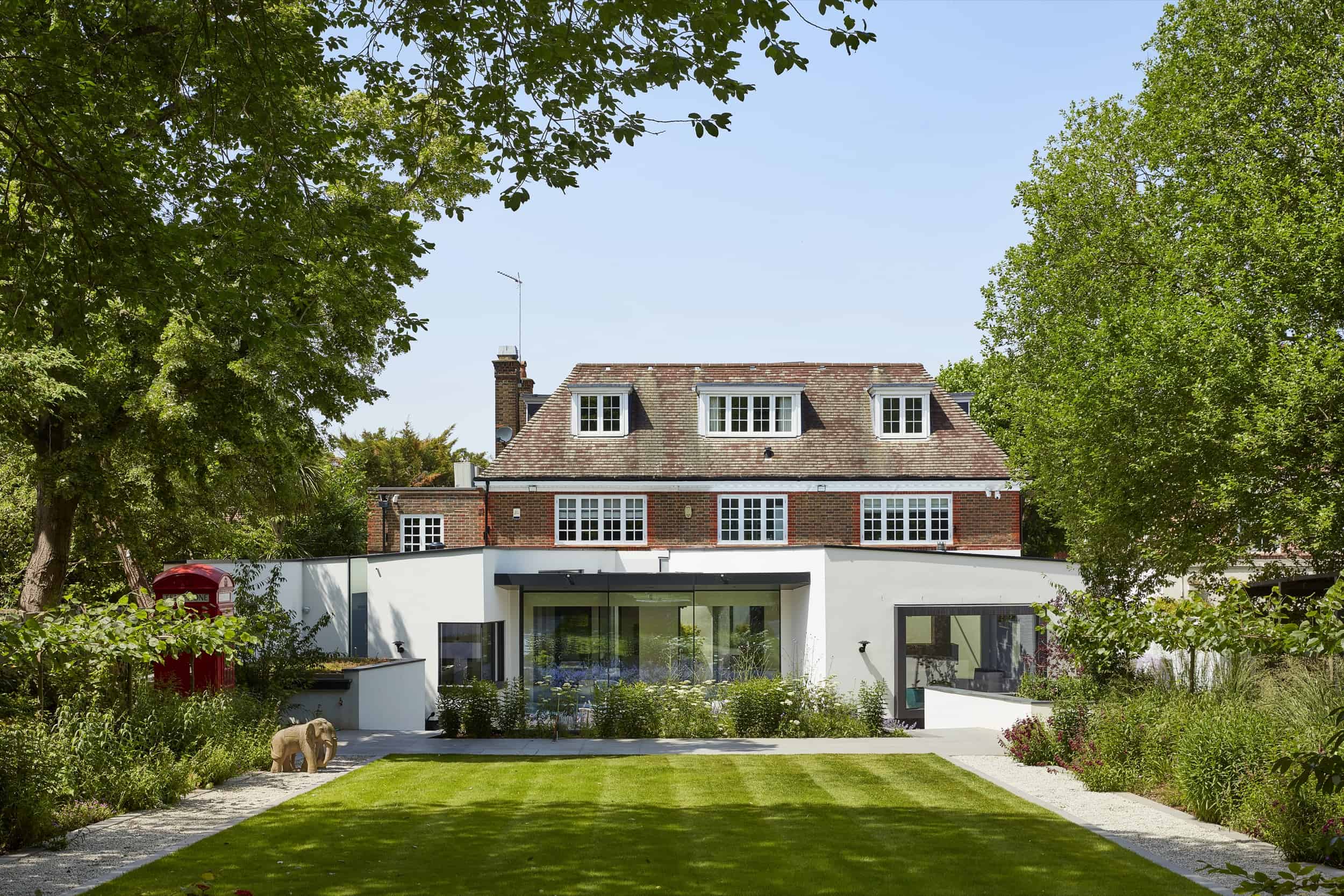
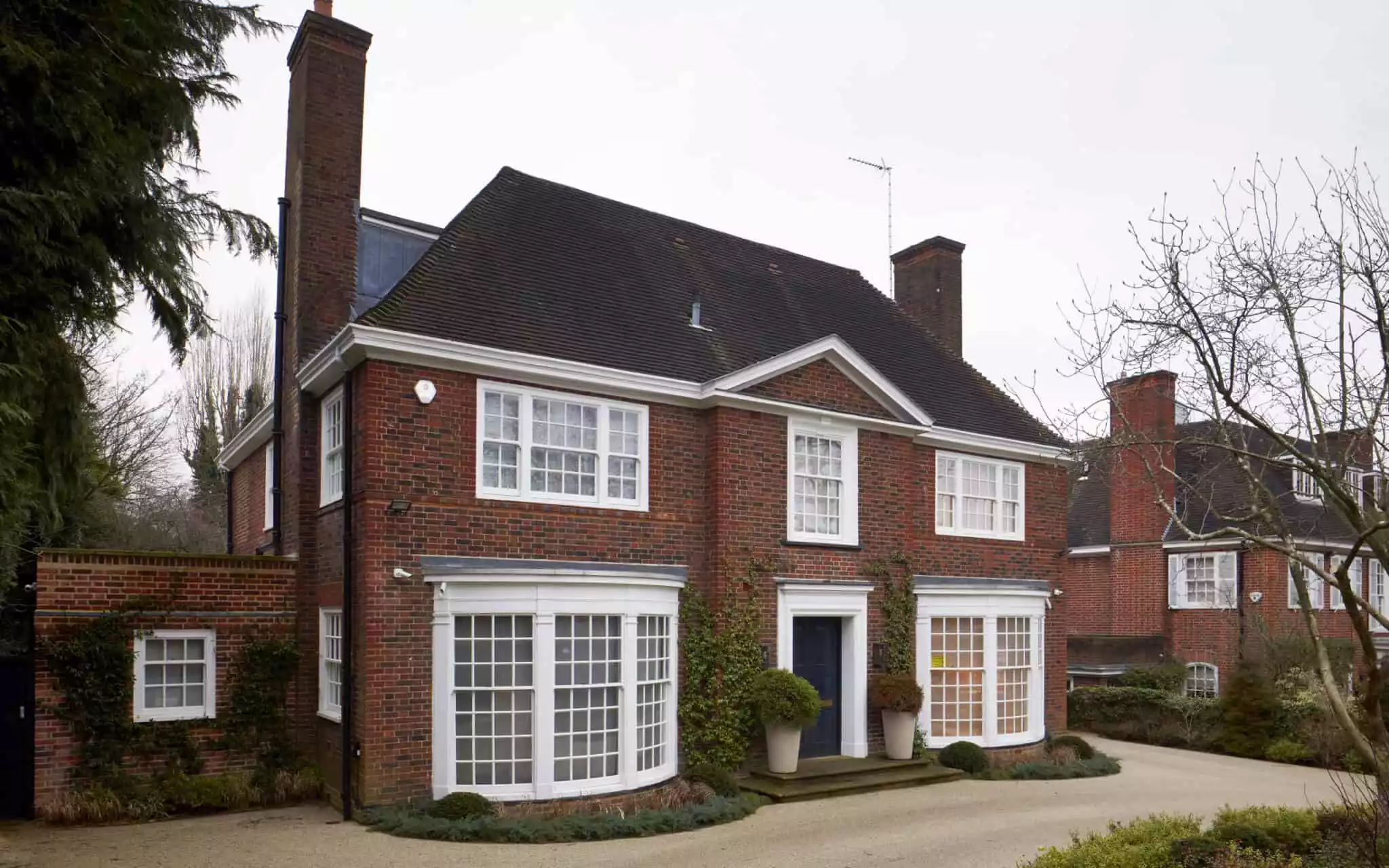

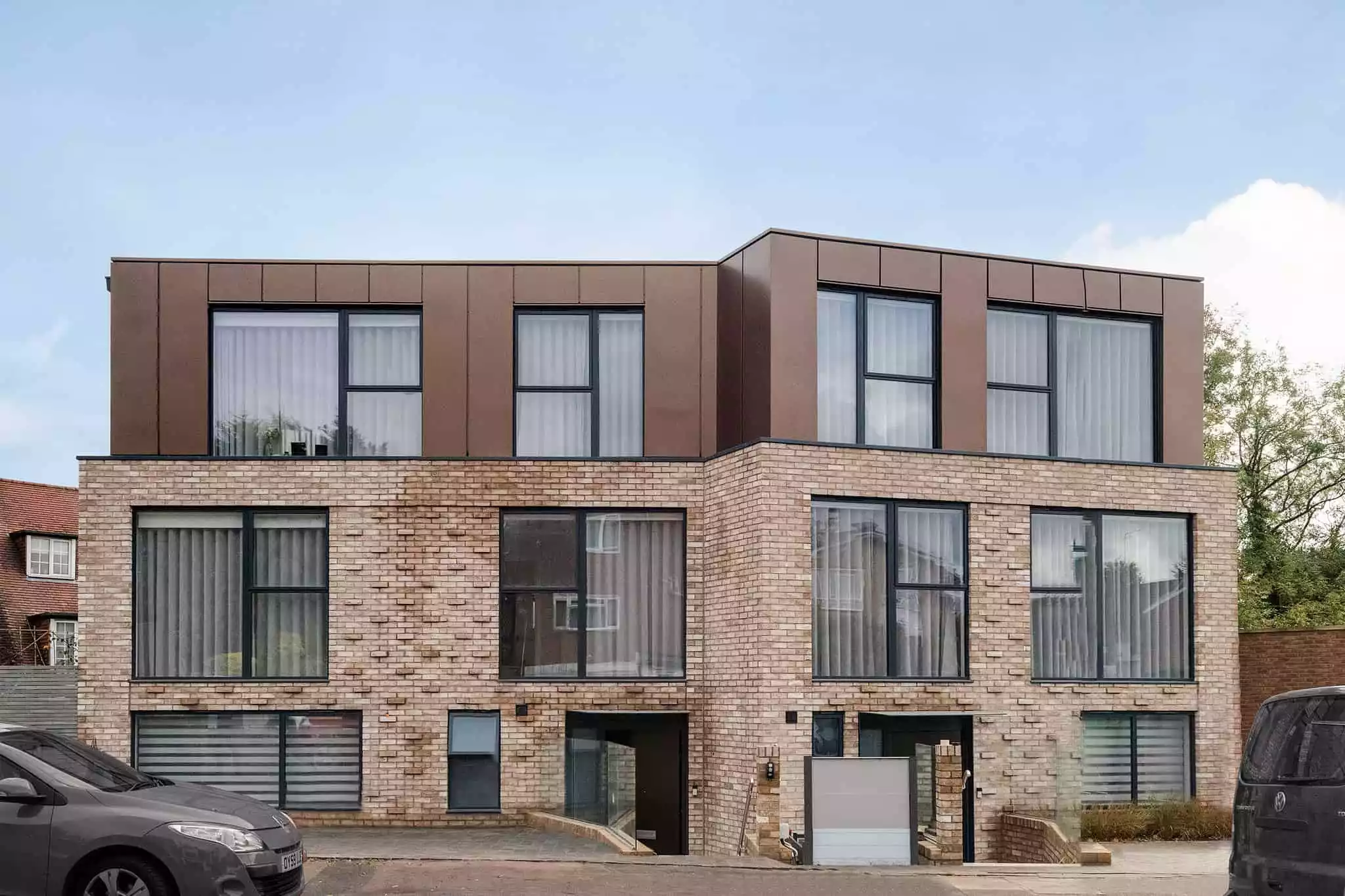
.jpg)
